Pictures of dengue fever rash. Dengue Fever Rash: Symptoms, Diagnosis, and Treatment
What are the characteristic skin manifestations of dengue fever. How is dengue fever diagnosed and treated. What precautions should travelers take to prevent dengue infection.
Understanding Dengue Fever: Causes and Transmission
Dengue fever is a mosquito-borne viral infection that is prevalent in tropical and subtropical regions worldwide. The disease is caused by the dengue virus, which belongs to the Flaviviridae family. There are four distinct serotypes of the virus (DENV-1, DENV-2, DENV-3, and DENV-4), all of which can cause dengue fever.
The primary vector for dengue transmission is the Aedes aegypti mosquito, although Aedes albopictus can also spread the virus. These mosquitoes typically bite during the day, especially in the early morning and late afternoon. When an infected mosquito bites a human, it transmits the virus, which then replicates in the person’s body, potentially leading to the development of dengue fever.
Risk Factors for Dengue Infection
- Living in or traveling to endemic areas
- Previous dengue infection (increased risk of severe dengue)
- Weakened immune system
- Urbanization and poor sanitation
- Climate factors (rainfall, temperature, humidity)
Is dengue fever contagious between humans. No, dengue fever is not directly contagious from person to person. The virus requires a mosquito vector to transmit the infection from one individual to another.
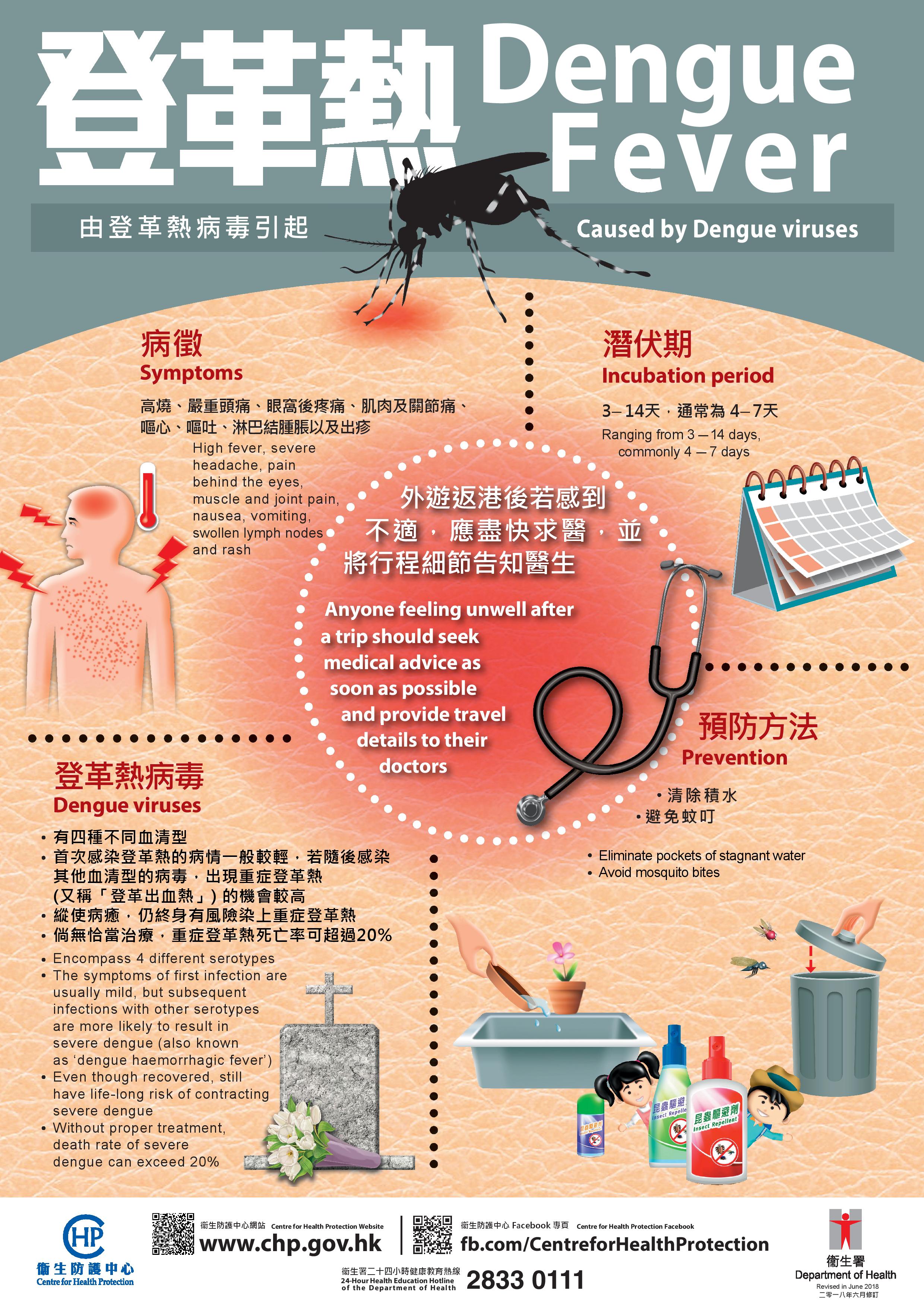
Recognizing Dengue Fever Symptoms
Dengue fever typically manifests 3-14 days after the mosquito bite. While some infections may be asymptomatic, many individuals experience a range of symptoms that can vary in severity. The classic presentation of dengue fever includes:
- High fever (40°C/104°F)
- Severe headache
- Pain behind the eyes
- Muscle and joint pain
- Fatigue
- Nausea and vomiting
- Skin rash
How long do dengue fever symptoms typically last. The acute phase of dengue fever usually lasts 3-7 days, after which most patients begin to recover. However, fatigue and weakness may persist for several weeks.
Characteristic Skin Manifestations of Dengue Fever
The skin rash associated with dengue fever is a distinctive feature that can aid in diagnosis. It typically appears 2-5 days after the onset of fever and is characterized by:
- Generalized erythema (redness)
- Petechiae (small, round, reddish-purple spots)
- ‘Islands of white’ pattern
- Positive tourniquet test
The ‘islands of white’ pattern, as observed in the case study, is a unique presentation where patches of normal skin are surrounded by erythematous areas, creating a distinctive appearance often described as “white islands in a sea of red.”
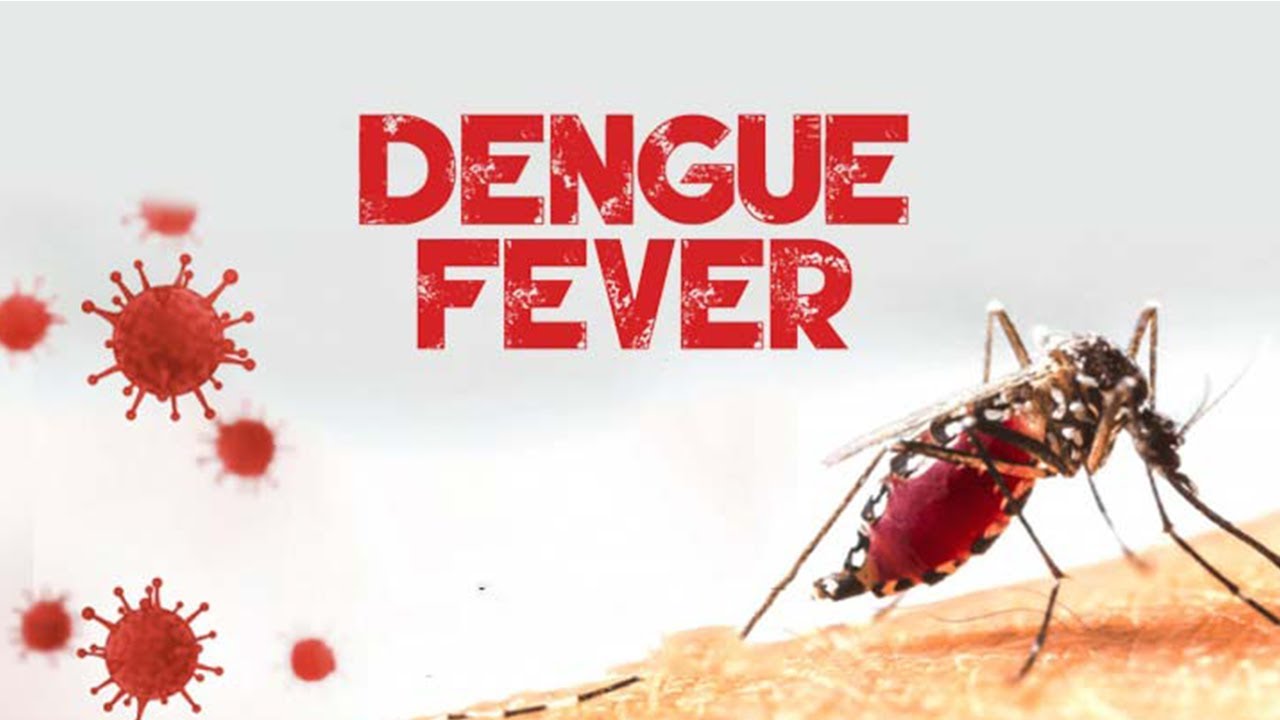
What is the tourniquet test and how is it performed in suspected dengue cases. The tourniquet test is a simple diagnostic procedure used to assess capillary fragility and platelet function. It is performed by inflating a blood pressure cuff on the upper arm to a point between systolic and diastolic pressure for 5 minutes. A positive result is indicated by the appearance of 20 or more petechiae per square inch on the skin below the cuff after release.
Diagnosing Dengue Fever: Laboratory Tests and Clinical Criteria
Accurate diagnosis of dengue fever is crucial for appropriate management and prevention of complications. The diagnosis is typically based on a combination of clinical presentation, epidemiological factors, and laboratory tests.
Laboratory Diagnostic Methods
- Virus isolation
- Nucleic acid detection (RT-PCR)
- NS1 antigen detection
- Serological tests (IgM and IgG antibodies)
In the case study, the patient’s diagnosis was confirmed through positive results for dengue virus IgM antibodies, IgG antibodies, and NS1 antigen. These tests are particularly useful in different stages of the infection:
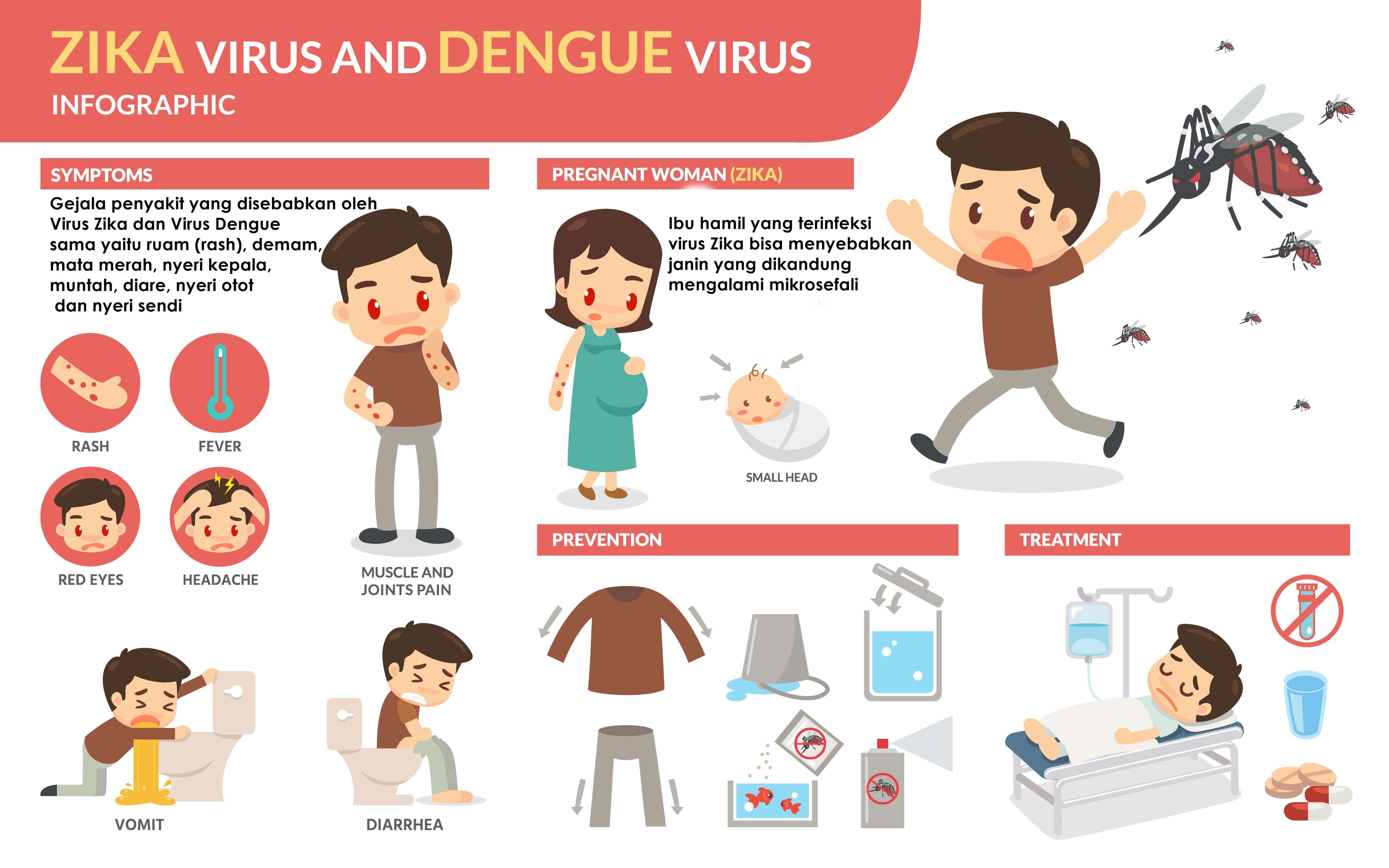
- NS1 antigen: Detectable in the early stages (1-9 days after onset)
- IgM antibodies: Appear around 5 days after onset, peak at 2 weeks
- IgG antibodies: Indicate past or secondary infection
How soon after exposure can dengue fever be diagnosed through laboratory tests. NS1 antigen and viral RNA can be detected as early as the first day of symptoms, while IgM antibodies typically become detectable 5-7 days after the onset of symptoms.
Treatment Approaches for Dengue Fever
Currently, there is no specific antiviral treatment for dengue fever. Management focuses on supportive care and symptom relief. The primary goals of treatment are:
- Maintaining adequate hydration
- Managing fever and pain
- Monitoring for complications
Supportive Care Measures
- Oral or intravenous fluid replacement
- Acetaminophen for fever and pain (avoiding NSAIDs due to bleeding risk)
- Rest and symptomatic treatment
- Close monitoring of vital signs and platelet count
In severe cases or those at risk of complications, hospitalization may be necessary for intensive monitoring and management.

Are there any promising new treatments on the horizon for dengue fever. While research is ongoing, several potential treatments are being investigated, including antiviral drugs, immunomodulators, and monoclonal antibodies. However, these are still in various stages of clinical trials and are not yet approved for widespread use.
Preventing Dengue Fever: Strategies for Travelers and Residents
Prevention is key in controlling dengue fever, especially for individuals traveling to or living in endemic areas. The primary focus is on avoiding mosquito bites and reducing mosquito populations.
Personal Protection Measures
- Use of mosquito repellents containing DEET, picaridin, or oil of lemon eucalyptus
- Wearing long-sleeved shirts and long pants
- Using bed nets, especially when sleeping during the day
- Staying in accommodations with screened windows and air conditioning
Community-Level Prevention
- Elimination of mosquito breeding sites (e.g., standing water in containers)
- Proper waste management and improved sanitation
- Use of larvicides and adulticides in high-risk areas
- Implementation of mosquito control programs
What is the current status of dengue vaccine development. Several dengue vaccines are in various stages of development. The most advanced is Dengvaxia, which is approved in some countries for individuals with prior dengue infection. However, its use is limited due to potential risks in seronegative individuals. Other vaccine candidates are undergoing clinical trials, aiming to provide safe and effective protection against all dengue serotypes.

Complications and Severe Dengue: Warning Signs and Management
While most dengue cases are self-limiting, a small percentage can progress to severe dengue, which is associated with significant morbidity and mortality. Recognizing the warning signs of severe dengue is crucial for timely intervention.
Warning Signs of Severe Dengue
- Severe abdominal pain
- Persistent vomiting
- Rapid breathing
- Bleeding gums or nose
- Fatigue and restlessness
- Liver enlargement
- Blood in vomit or stool
Severe dengue can lead to complications such as dengue hemorrhagic fever (DHF) and dengue shock syndrome (DSS). These conditions are characterized by plasma leakage, severe bleeding, and organ impairment.
Management of Severe Dengue
Treatment of severe dengue requires intensive care and close monitoring. Key aspects include:
- Careful fluid management to prevent both under- and over-hydration
- Blood product transfusions as needed
- Organ support (e.g., mechanical ventilation, dialysis) if required
- Continuous monitoring of vital signs and laboratory parameters
How does previous dengue infection affect the risk of severe dengue. Subsequent infections with a different dengue serotype can increase the risk of developing severe dengue due to antibody-dependent enhancement (ADE). This phenomenon occurs when non-neutralizing antibodies from the previous infection enhance viral entry into cells, potentially leading to a more severe clinical course.

Global Impact and Future Challenges of Dengue Fever
Dengue fever poses a significant global health challenge, with an estimated 390 million infections occurring annually worldwide. The disease has a substantial economic impact, both in terms of healthcare costs and lost productivity.
Factors Contributing to the Spread of Dengue
- Climate change and global warming
- Increased international travel and trade
- Rapid urbanization in tropical regions
- Ineffective vector control measures
The future of dengue control and prevention faces several challenges, including:
- Development of a safe and effective vaccine against all serotypes
- Implementation of sustainable vector control strategies
- Improvement of diagnostic capabilities in resource-limited settings
- Enhancement of surveillance systems for early detection of outbreaks
What role does climate change play in the spread of dengue fever. Climate change contributes to the expansion of dengue-endemic areas by altering temperature patterns, rainfall, and humidity levels. These changes can extend the geographical range of Aedes mosquitoes, increase their breeding rates, and prolong transmission seasons, potentially leading to more frequent and widespread dengue outbreaks.
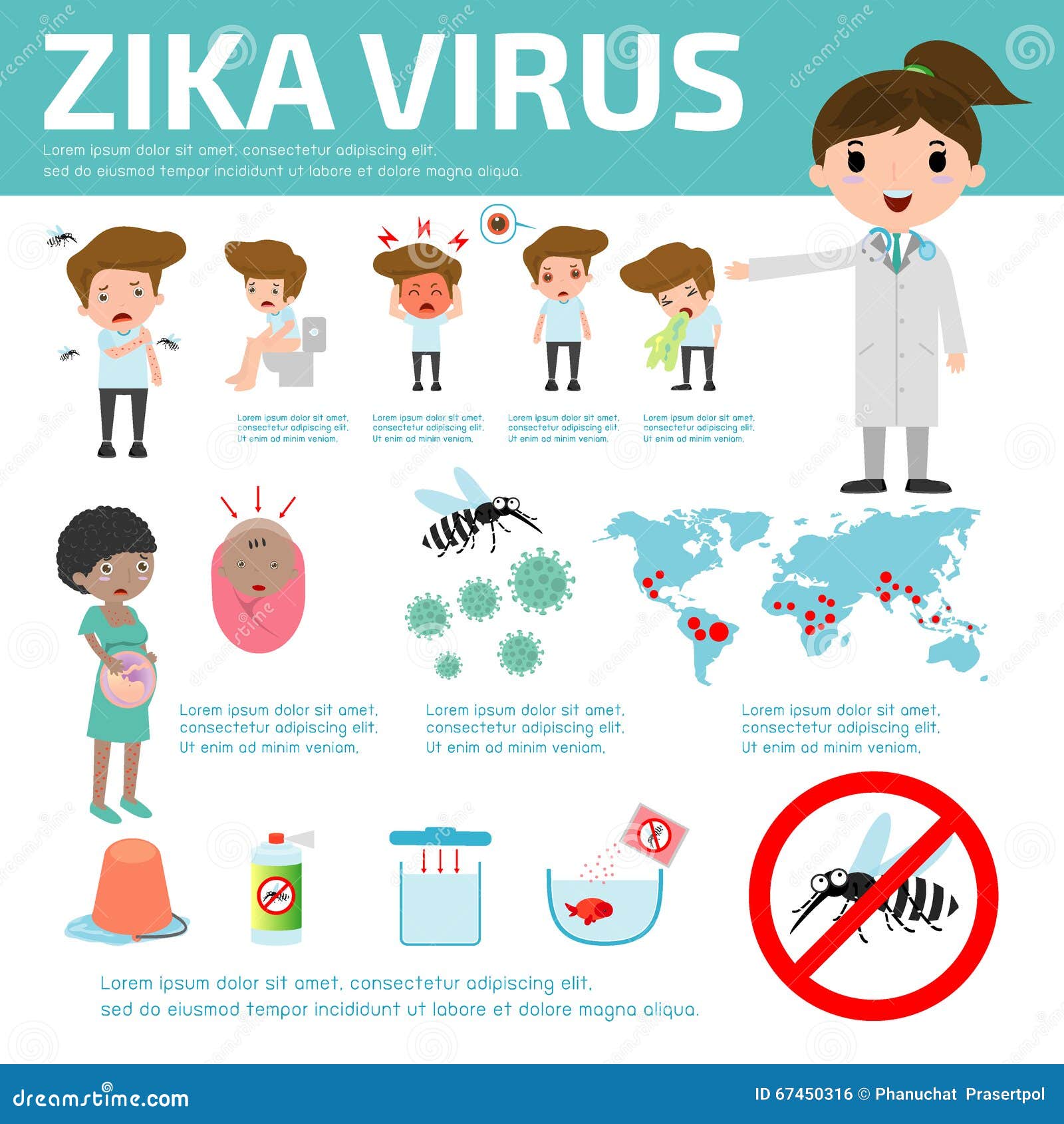
In conclusion, dengue fever remains a significant global health concern, with its characteristic skin manifestations playing a crucial role in diagnosis. As research continues and our understanding of the disease evolves, improved prevention strategies, diagnostic tools, and treatment options offer hope for better management of this challenging infection. However, continued vigilance, international cooperation, and innovative approaches will be necessary to effectively combat the growing threat of dengue fever in the years to come.
Skin rash from dengue fever
Article Text
Article menu
- Article
Text - Article
info - Citation
Tools - Share
- Rapid Responses
- Article
metrics - Alerts
Skin rash from dengue fever
Free
- Tsuneaki Kenzaka,
- Ayako Kumabe
- Division of General Medicine, Center for Community Medicine, Jichi Medical University School of Medicine, Shimotsuke, Tochigi, Japan
- Correspondence to Dr Tsuneaki Kenzaka, smile.kenzaka{at}jichi.ac.jp
http://dx.doi.org/10.1136/bcr-2013-201598
Statistics from Altmetric.com
Request Permissions
If you wish to reuse any or all of this article please use the link below which will take you to the Copyright Clearance Center’s RightsLink service. You will be able to get a quick price and instant permission to reuse the content in many different ways.
Description
A 47-year-old Japanese man presented with a history of having been bitten by mosquitoes, several years earlier in the Philippines, this resulted in a fever and a rash which dissipated spontaneously. He had stayed in the Philippines for 3 weeks, 1 month prior to hospitalisation, and was bitten by several mosquitoes. He had a fever for 6 days and a systemic rash for 3 days before consultation at our hospital. At the time of consultation, his blood pressure was 122/78 mm Hg; pulse 80 bpm, respiratory rate 16 breaths/min and body temperature 38.4°C. Congestion of the palpebral conjunctiva and systemic rash were observed. A tourniquet test on the right arm showed increased petechial haemorrhaging (figure 1). Further, ‘islands of white’ of the normal skin surrounded by erythema were noted (figure 2). Blood tests showed the blood platelet count at 52×109 cells/L, with abnormal liver function. He received in-patient treatment for suspected dengue fever. A definitive diagnosis of dengue fever was obtained by assessing the levels of dengue virus IgM antibody that was 6. 8 (positive cut-off, 1.1 or higher), IgG antibodies 3.5 (positive cut-off, 1.1 or higher) and dengue virus NS1 antigen 18.4 (positive cut-off, 1.0 or higher). A considerable amount of fluid replacement stopped the worsening of his condition and mitigated it, and within 1 week, he was discharged. Even in non-epidemic areas, the diagnosis should be considered in any patient presenting with a characteristic skin rash that has developed within 14 days after even a brief trip to the tropics or subtropics.1
8 (positive cut-off, 1.1 or higher), IgG antibodies 3.5 (positive cut-off, 1.1 or higher) and dengue virus NS1 antigen 18.4 (positive cut-off, 1.0 or higher). A considerable amount of fluid replacement stopped the worsening of his condition and mitigated it, and within 1 week, he was discharged. Even in non-epidemic areas, the diagnosis should be considered in any patient presenting with a characteristic skin rash that has developed within 14 days after even a brief trip to the tropics or subtropics.1
Figure 1
Tourniquet test positive: showing numerous minute petechial haemorrhages after tourniquet application.
Figure 2
The ‘islands of white’ of the normal skin surrounded by erythema.
Learning points
Positive tourniquet test and ‘islands of white in a sea of red’ are characteristic skin rash in dengue fever.
Even in non-epidemic areas, the diagnosis should be considered in any patient presenting with characteristic skin rash that has developed within 14 days after even a brief trip to the tropics or subtropics.

Reference
- ↵
- Simmons CP,
- Farrar JJ,
- Nguyen VC,
- et al
. Dengue. N Engl J Med 2012;2013:1423–32.
View Abstract
Footnotes
Competing interests None.
Patient consent Obtained.
Provenance and peer review Not commissioned; externally peer reviewed.
Read the full text or download the PDF:
Subscribe
Log in using your username and password
For personal accounts OR managers of institutional accounts
Username *
Password *
Forgot your log in details?Register a new account?
Forgot your user name or password?
Skin rash from dengue fever
- Journal List
- BMJ Case Rep
- PMC3847512
As a library, NLM provides access to scientific literature. Inclusion in an NLM database does not imply endorsement of, or agreement with,
Inclusion in an NLM database does not imply endorsement of, or agreement with,
the contents by NLM or the National Institutes of Health.
Learn more about our disclaimer.
BMJ Case Rep. 2013; 2013: bcr2013201598.
Published online 2013 Nov 25. doi: 10.1136/bcr-2013-201598
Author information Copyright and License information Disclaimer
A 47-year-old Japanese man presented with a history of having been bitten by mosquitoes, several years earlier in the Philippines, this resulted in a fever and a rash which dissipated spontaneously. He had stayed in the Philippines for 3 weeks, 1 month prior to hospitalisation, and was bitten by several mosquitoes. He had a fever for 6 days and a systemic rash for 3 days before consultation at our hospital. At the time of consultation, his blood pressure was 122/78 mm Hg; pulse 80 bpm, respiratory rate 16 breaths/min and body temperature 38.4°C. Congestion of the palpebral conjunctiva and systemic rash were observed. A tourniquet test on the right arm showed increased petechial haemorrhaging (). Further, ‘islands of white’ of the normal skin surrounded by erythema were noted (). Blood tests showed the blood platelet count at 52×109 cells/L, with abnormal liver function. He received in-patient treatment for suspected dengue fever. A definitive diagnosis of dengue fever was obtained by assessing the levels of dengue virus IgM antibody that was 6.8 (positive cut-off, 1.1 or higher), IgG antibodies 3.5 (positive cut-off, 1.1 or higher) and dengue virus NS1 antigen 18.4 (positive cut-off, 1.0 or higher). A considerable amount of fluid replacement stopped the worsening of his condition and mitigated it, and within 1 week, he was discharged. Even in non-epidemic areas, the diagnosis should be considered in any patient presenting with a characteristic skin rash that has developed within 14 days after even a brief trip to the tropics or subtropics.1
A tourniquet test on the right arm showed increased petechial haemorrhaging (). Further, ‘islands of white’ of the normal skin surrounded by erythema were noted (). Blood tests showed the blood platelet count at 52×109 cells/L, with abnormal liver function. He received in-patient treatment for suspected dengue fever. A definitive diagnosis of dengue fever was obtained by assessing the levels of dengue virus IgM antibody that was 6.8 (positive cut-off, 1.1 or higher), IgG antibodies 3.5 (positive cut-off, 1.1 or higher) and dengue virus NS1 antigen 18.4 (positive cut-off, 1.0 or higher). A considerable amount of fluid replacement stopped the worsening of his condition and mitigated it, and within 1 week, he was discharged. Even in non-epidemic areas, the diagnosis should be considered in any patient presenting with a characteristic skin rash that has developed within 14 days after even a brief trip to the tropics or subtropics.1
Open in a separate window
Tourniquet test positive: showing numerous minute petechial haemorrhages after tourniquet application.
Open in a separate window
The ‘islands of white’ of the normal skin surrounded by erythema.
Learning points
Positive tourniquet test and ‘islands of white in a sea of red’ are characteristic skin rash in dengue fever.
Even in non-epidemic areas, the diagnosis should be considered in any patient presenting with characteristic skin rash that has developed within 14 days after even a brief trip to the tropics or subtropics.
Competing interests: None.
Patient consent: Obtained.
Provenance and peer review: Not commissioned; externally peer reviewed.
1. Simmons CP, Farrar JJ, Nguyen VC, et al.
Dengue. N Engl J Med
2012;2013:1423–32 [PubMed] [Google Scholar]
Articles from BMJ Case Reports are provided here courtesy of BMJ Publishing Group
Dengue fever: description, prevention, treatment.
Dengue fever is a very serious vector-borne disease caused by 4 strains of viruses.
Without immediate treatment or when infected with a certain strain, dengue hemorrhagic fever develops, which subsequently leads to death or disability, so it is important to prevent this disease.
- Is dengue fever contagious?
- Dengue fever in Russia
- Dengue vaccine
- Long-term protection
Dengue fever
This fever is a serious transmissible infection. It is more common in the subtropics and tropics, especially in the Pacific Islands, Southeast Asia, Latin America and the Caribbean. But this disease is found everywhere where mosquitoes of the genus Aedes live. According to the Centers for Disease Control and Prevention, up to 400 million people are infected with dengue every year. In addition, 100 million people are at risk of becoming infected.
How is dengue spread?
The disease is transmitted by the bite of an infected Aedes mosquito. The virus enters the insect when it bites an infected dengue. When such a mosquito bites a healthy person, the latter receives its dose of the virus and develops a fever.
When such a mosquito bites a healthy person, the latter receives its dose of the virus and develops a fever.
There are 4 strains of Dengue viruses, which is why vaccine development has been so slow. If you are struck by a mild form of the disease and are cured, you will only be immune to that strain. If you are bitten by a mosquito carrying some other strain, you will get sick again. Moreover, you are more likely to develop a more severe form of the disease.
Is dengue fever contagious?
Dengue fever is not transmitted from person to person. You will not get infected from a sick person. The most common route of infection is through the bite of an infected mosquito (that is, from a mosquito that has previously bitten a dengue-infected creature). In rare cases, a pregnant woman can pass the infection to her unborn child, and dengue fever can also be contracted through a blood transfusion or organ transplant, but this is extremely rare.
Dengue fever symptoms
Mild forms of the disease are manifested by the following symptoms:
- Rash
- High fever
- Pain in joints and muscles
- Pain behind the eyes
- Headache
- Nausea and vomiting
- Cold-like symptoms
Some people, especially young people, in mild cases may not develop any symptoms at all. In fact, 75% of those infected do not develop any symptoms, increasing the risk of further spread of the disease. People who feel well do not even think that they can be carriers and will calmly go outside and go about their usual business. Once they are bitten by a mosquito, the latter can transmit the virus to healthy people.
In fact, 75% of those infected do not develop any symptoms, increasing the risk of further spread of the disease. People who feel well do not even think that they can be carriers and will calmly go outside and go about their usual business. Once they are bitten by a mosquito, the latter can transmit the virus to healthy people.
Because dengue fever has mild, cold-like symptoms, and some have no symptoms at all, it is easy to confuse or miss the disease. Patients usually think that they have a common cold, and most often they simply recover without consequences, but the infected remain carriers of the fever all the time. If a mosquito bites them, the virus will get into the insect, and then the mosquito can infect several more healthy people.
If symptoms develop, they usually begin 4-10 days after the bite of an infected mosquito. In most cases, mild symptoms go away on their own after a week or more.
In more severe cases, the following symptoms may appear:
- Sudden drop in blood pressure
- Severe vomiting
- Severe pain in the stomach or abdomen
- Heart, lung or liver problems
- Subcutaneous hemorrhages and bruises
- Shock
- Severe bleeding (especially from the nose and mouth)
Is dengue fever fatal?
Dengue fever can only be fatal in its most severe form, dengue hemorrhagic fever.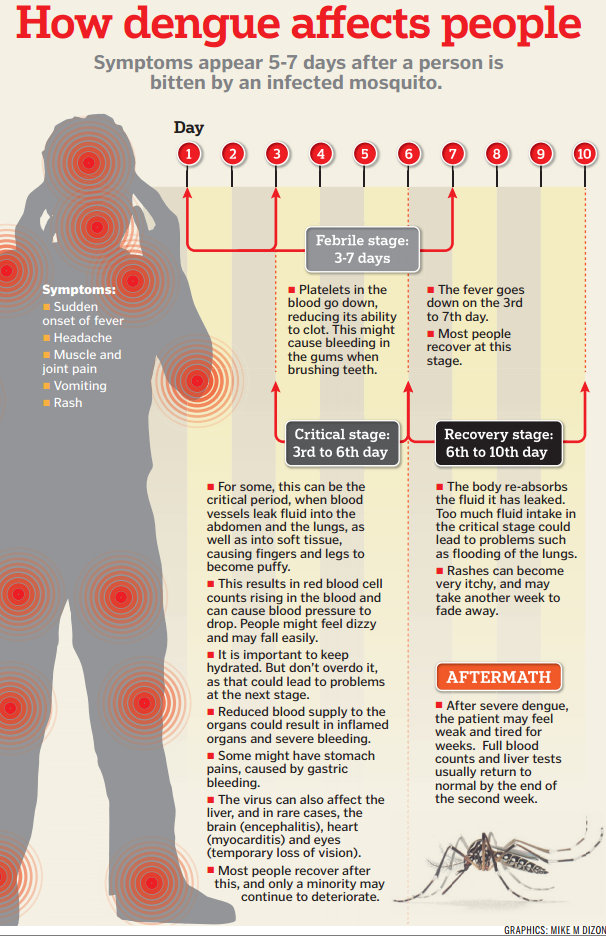 Otherwise, the disease is rarely fatal. Less than one percent of those infected die from this infection. People who develop hemorrhagic fever need immediate medical attention and often hospitalization.
Otherwise, the disease is rarely fatal. Less than one percent of those infected die from this infection. People who develop hemorrhagic fever need immediate medical attention and often hospitalization.
Dengue fever in Russia
In Russia, this disease is quite rare, we do not have natural foci of this infection. However, over the past 6 years, 766 imported cases of this infection have been recorded. In 2012 there were 63 cases, in 2013 – 170, in 2014 – 105 cases, in 2015 – 136, in 2016 – 145, in 2017 – 196, and in the first 3 months of 2018 there are already 59 cases! Moreover, if the infected person lives in the south of Russia, there is a possibility of local outbreaks of the disease, since many mosquitoes of the Aedes genus live there.
Experts say that due to climate change, dengue epidemics are becoming more frequent, so before traveling to an exotic country, you should find out if there is an epidemic of this infection in your destination. With the development of international tourism, cases of dengue fever are being recorded even where this disease has never been encountered, and it is becoming easier for these viruses to spread with mosquitoes around the world.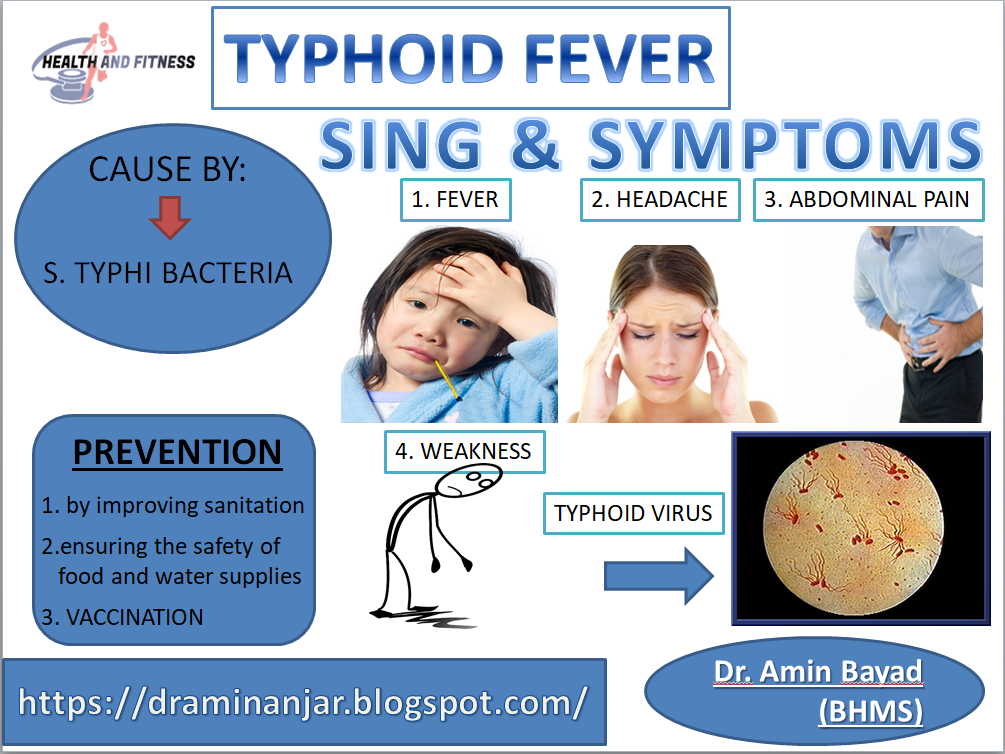 With an increase in the number of imported cases, natural foci of this infection may appear in Russia at such a pace.
With an increase in the number of imported cases, natural foci of this infection may appear in Russia at such a pace.
Treatment for dengue fever
If you have been to an area where dengue fever is common and you develop a fever after that, you need to see a doctor immediately. Even if you have a mild form of the disease, it is better for doctors to monitor your condition in order to prevent the transition to the stage of hemorrhagic fever.
There is no specific treatment for dengue fever. Moreover, even diagnosing this infection is very difficult, because the symptoms are very similar to malaria and other diseases. If you have been diagnosed with dengue fever, your doctor may advise you to rest and drink plenty of fluids. You may also be given painkillers. If you develop hemorrhagic fever, you will likely need to be hospitalized to monitor your condition. You may need blood transfusions, drips to replenish fluids and electrolytes, and you may be prescribed medication to control your blood pressure.
There may be new treatments for dengue fever coming soon. In the USA, for example, the monoclonal antibody VIS513 was developed for this purpose. The formula was bought by India’s largest vaccine company in 2015. It was this year that India had the largest epidemic of dengue fever, so they are trying to improve the formula so that it becomes available to everyone, but so far it has only been tested on animals.
There are traditional or alternative treatments for dengue fever available online or in stores in southern countries, but their effectiveness and safety have not yet been proven.
Is there a vaccine for dengue fever?
The development of a dengue vaccine is very slow. In 2014, 6 different vaccines were developed, and a three-day course of one of them showed positive results among children. However, despite the fact that the safety of this vaccine has already been proven, so far no attempts have been made to make the vaccine available to doctors and others in need.
In 2015, Cuban scientists developed a protein vaccine, which also gave positive results. If proven safe, this vaccine could be effective against all 4 strains of Dengue virus. In 2015, the French company Sanofi was about to approve its vaccine, according to studies, it reduces the incidence of dengue fever by 61%. The Sanofi vaccine is expected to be the first publicly available vaccine against dengue fever. In America, too, a breakthrough was made in the development of such a vaccine, a protein was found that can prevent the transition of dengue fever to its hemorrhagic form.
Prevention of dengue fever
The development of a vaccine for dengue fever is very slow. It will be a long time before such a vaccine becomes available to everyone, and there is no specific treatment for this infection. That is why it is vital to prevent infection. There are several options for this:
If you are in an area where dengue epidemics occur, it is important to be indoors during the hours when mosquitoes are most active, ie at dawn and dusk.
Learn about the risks. Before traveling, check the epidemic information on the Centers for Disease Control and Prevention website and study the map for various epidemics. If you are going to travel to a country with a high risk of contracting this fever, be prepared to take extra steps to protect yourself from mosquito bites.
Place mosquito nets on windows. They will protect your home from the penetration of blood-sucking insects. If mosquito nets are already installed, check them regularly for damage that mosquitoes can pass through.
Use mosquito nets at night. Cover your bed with mosquito nets while you sleep so mosquito bites don’t wake you up. If you’re heading to a place where dengue epidemics happen, it’s best to bring your own mosquito net. Spray this net with repellant before each use, and if you are going to stay in a hotel, you should try to take an air-conditioned room. Hotels may not have mosquito nets on the windows, so having your own mosquito net is a vital element when traveling, and such a mosquito net is also useful in a tent.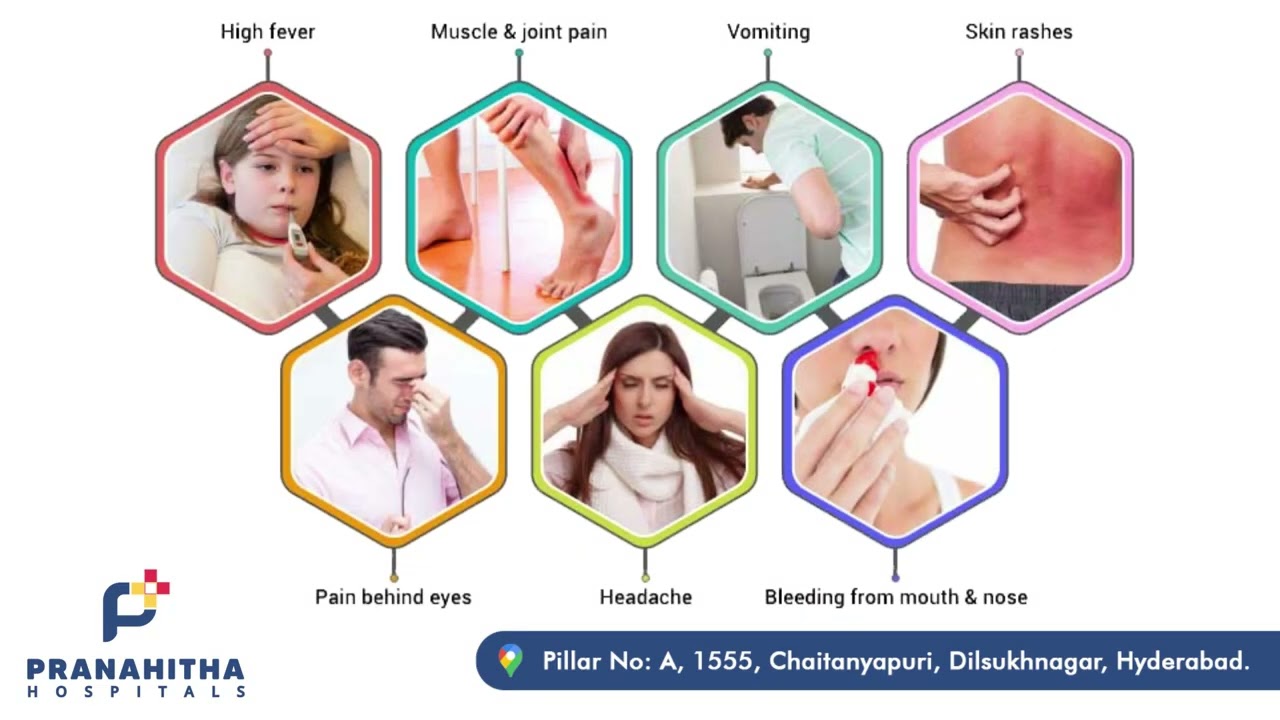
Use air conditioners or fans indoors. With air conditioning, you can keep the windows closed, and this is an excellent protection against mosquitoes and their bites. Even fans create air circulation and reduce the number of mosquitoes in the room. Mosquitoes are not very good fliers, so a fan aimed at us will be able to keep the mosquitoes away.
Use insect repellent. Look for those that have a DEET concentration of 10% or more. Spray your clothing, gear (if you’re hiking or exercising outside), and yourself with repellent. Always carefully follow the instructions on the package, and repeat the procedure as often as the instructions allow.
Dress in long sleeves and trousers. Be sure to wear long pants and sweatshirts with sleeves, as well as socks, especially if you are going to walk or work outside. Thin light fabric will prevent you from overheating, and at the same time protect against mosquitoes.
Eliminate mosquito breeding sites near your home. To prevent mosquitoes from biting you at home, you need to reduce their number on your site. To do this, you can remove all standing water and weeds. To lay eggs, mosquitoes need water, and even the smallest amount is enough for them. Even a bird drinker or a bottle cap is enough to breed mosquitoes. Mosquitoes lay thousands of eggs and they hatch in just a week, so any amount of standing water can quickly lead to a real infestation. Also, mosquitoes can hide in weeds and tall grass, so trimming the grass and bushes will help with the mosquito problem.
To prevent mosquitoes from biting you at home, you need to reduce their number on your site. To do this, you can remove all standing water and weeds. To lay eggs, mosquitoes need water, and even the smallest amount is enough for them. Even a bird drinker or a bottle cap is enough to breed mosquitoes. Mosquitoes lay thousands of eggs and they hatch in just a week, so any amount of standing water can quickly lead to a real infestation. Also, mosquitoes can hide in weeds and tall grass, so trimming the grass and bushes will help with the mosquito problem.
When you take measures to prevent mosquito infestations, consistency is the key to success. Always use multiple methods such as mosquito nets, repellants and standing water kills, and it’s important to keep doing this throughout “mosquito season”. It only takes one bite to contract a vector-borne disease, so every possible precaution should be taken.
Consider long-term protection
The most important part of a dengue prevention plan is reducing the risk of mosquito bites. Unfortunately, the more mosquitoes in the area, the higher the chance of being bitten and infected. You can take measures to protect yourself from mosquitoes, but if there are a lot of them around, sooner or later you will still be bitten. All the dengue prevention tips just won’t help if you just can’t avoid a mosquito bite.
Unfortunately, the more mosquitoes in the area, the higher the chance of being bitten and infected. You can take measures to protect yourself from mosquitoes, but if there are a lot of them around, sooner or later you will still be bitten. All the dengue prevention tips just won’t help if you just can’t avoid a mosquito bite.
The World Health Organization uses insecticides and other mosquito control methods to reduce the dengue mosquito population. You can also reduce the number of mosquitoes in your yard to prevent them from biting and getting sick. However, sprays and insecticides are not the most pleasant neighborhood. Chemicals may not be safe for children or animals, and they are quite expensive as they have to be refilled regularly.
Another option to reduce the mosquito population near your home is the Mosquito Magnet traps. Such exterminators reduce the number of mosquitoes in your area (especially if such an area is surrounded by a sufficiently high impenetrable fence). Fewer mosquitoes means less risk of contracting dangerous diseases.
Fewer mosquitoes means less risk of contracting dangerous diseases.
Traps convert propane to carbon dioxide (CO2), then heat it, humidify it, add an attractant, and release this mixture to lure mosquitoes from up to 40 acres (but effectively protect from 6 to 14 acres, depending on the model). Such a mixture is very attractive to mosquitoes, it resembles the smell of humans and other mammals. As soon as the insect flies closer, it is sucked in. The mosquito then dries up and dies within 24 hours. Female mosquitoes fly towards the trap, thinking they are flying towards their prey, but in fact – towards death. Once a significant number of female mosquitoes have been eradicated, the population will no longer be able to resume as before, and after a few weeks you will notice a significant decrease in the number of mosquitoes near your home.
Mosquito Magnet traps solve the basic problem of all mosquito control methods. They do not use toxic or dangerous chemicals and are much more effective than citronella sprays because they kill mosquitoes instead of repelling them.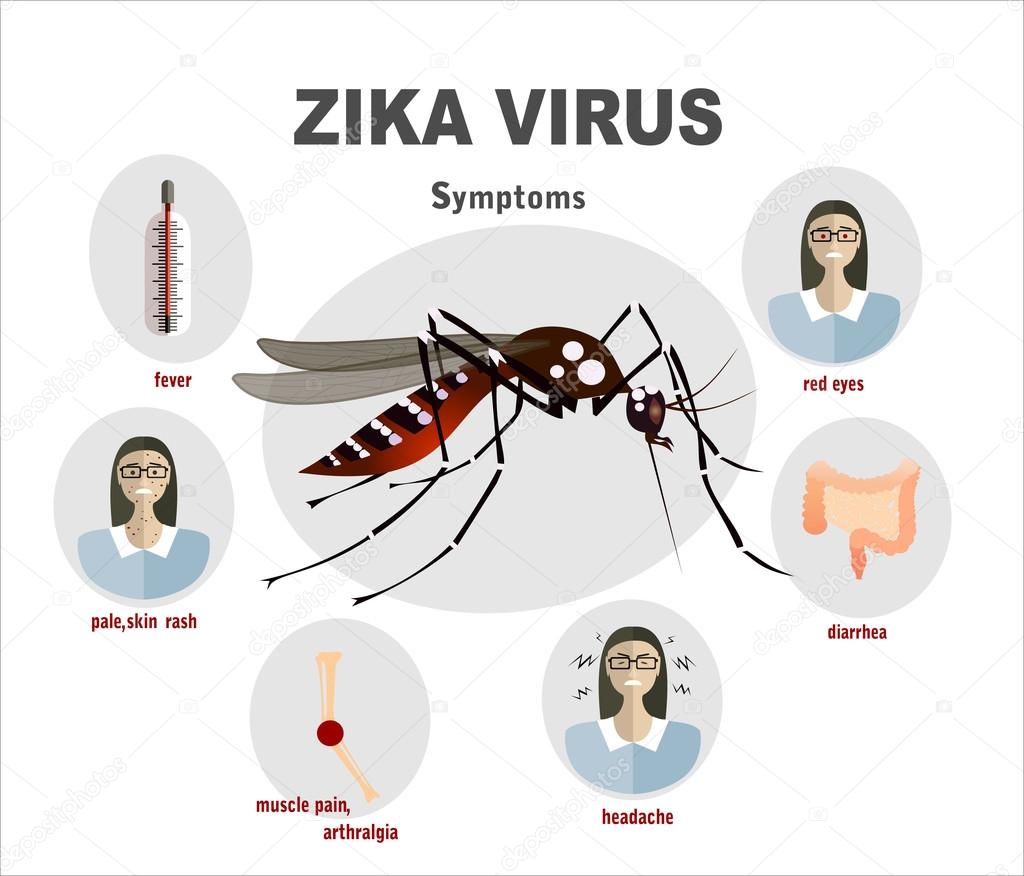
There are several traps to choose from. They are all easy to install and use. All traps lure mosquitoes from a territory of 40 acres, but effectively protect (that is, destroy up to 90% of the population) from 6 to 14 acres, depending on the model (if the site is surrounded by a sufficiently high impenetrable fence). Each trap in our catalog comes with an extended 2-year warranty.
So, mosquitoes are a serious problem for almost everyone. They can just ruin the fun outdoors and leave nasty, painful bites in their wake. If you have pets, mosquitoes can cause them a lot of pain and discomfort. Mosquitoes are also carriers of dangerous diseases, and not only Dengue fever.
If you reduce the number of mosquitoes in your yard, you will not only be protected from unpleasant itchy bites, but also from life-threatening diseases such as West Nile fever, malaria, dengue fever and so on. With the Mosquito Magnet trap, you can reclaim your yard and enjoy your outdoor activities again.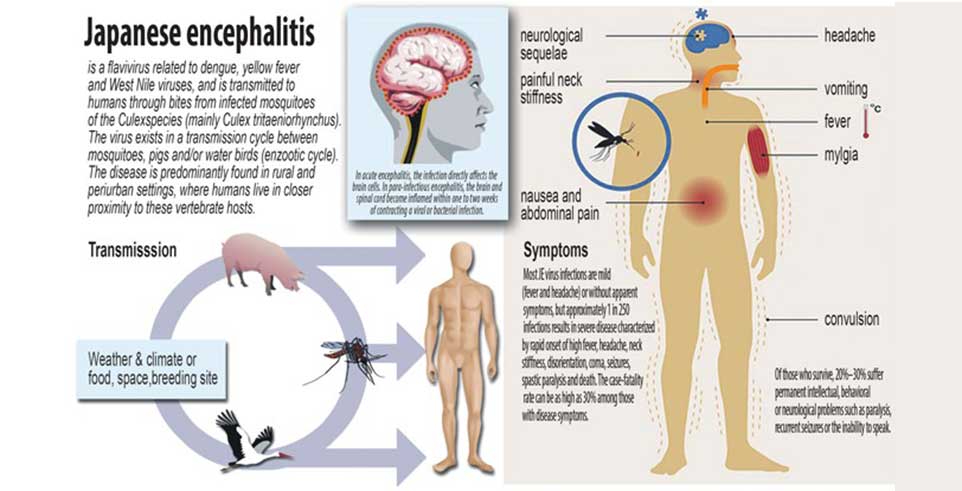 If you want to enjoy outdoor activities more often without worrying about mosquitoes, take a look at the Mosquito Magnet traps in our catalog.
If you want to enjoy outdoor activities more often without worrying about mosquitoes, take a look at the Mosquito Magnet traps in our catalog.
Protect
your family, pets and guests from mosquito-borne diseases
trap Mosquito Magnet – long,
scientifically proven solution.
Three residents of Krasnoyarsk fell ill with dengue fever after a holiday in Thailand – RBC
adv.rbc.ru
adv.rbc.ru
adv.rbc.ru
Hide banners
What is your location ?
YesChoose other
Categories
Euro exchange rate on June 9
EUR CB: 88.04
(+0. 87)
87)
Investments, 15:59
Dollar exchange rate on June 9
USD CB: 82.09
(+0.63)
Investments, 15:59
Rogov announced the “active defense” of the Russian army near Tokmok
Politics, 23:41
Electrocrossover from China: what to expect from the novelty
RBC Style and Voyah, 23:39
The price of gasoline on the stock exchange again broke a historical record
Economy, 23:36
adv.rbc.ru
adv.rbc.ru
Berezovsky’s former son-in-law and businessman Georgy Shuppe died
Society, 23:34
Saldo reported on the decontamination of flooded areas by the army
Politics, 23:16
The number of victims of “Mr. Cider” increased to 101 people
Cider” increased to 101 people
Society, 22:52
Apartments in finished projects: houses with infrastructure for life
RBC and PIK, 22:50
ChatGPT: how to turn a neural network into an assistant
At the RBC Pro intensive you will learn how to use a chatbot to solve your problems
Buy intensive
Viasna Movement Activists Sent to SIZO
Politics, 22:37
Russian Railways showed new wooden seats for waiting rooms
Society, 22:16
The first racket of the world reached the final of Roland Garros
Sport, 22:05
Will Sunak be able to restore the UK’s “special relationship” with the US
Politics, 22:01
An eyewitness spoke about a shark attack on a Russian in Hurghada
Society, 21:59
The Russian Orthodox Church announced the transfer of prisoners of war from Ukraine to Hungary through the church line
Politics, 21:55
Two air targets were shot down on approach to Belgorod
Politics, 21:47
adv. rbc.ru
rbc.ru
adv.rbc.ru
adv.rbc.ru
Photo: Kirill Kukhmar / TASS
Three residents of Krasnoyarsk contracted dengue fever while on holiday in Thailand. This was announced in his telegram channel by the head of the regional department of Rospotrebnadzor Dmitry Goryaev.
“Among the cases there is a child who is one year old,” he added.
adv.rbc.ru
A total of five cases of dengue have been reported in the region since the beginning of the year. Goryaev reported about the first two in early February, the sick also returned from Thailand.
adv.rbc.ru
The main vectors of dengue fever are mosquitoes. There is no vaccine against the disease, treatment is symptomatic. Symptoms are high fever, severe headache, pain behind the eyes, muscle and joint pain, nausea, vomiting, swollen lymph nodes or rash.
The spread of dengue fever in Southeast Asia was known as early as 2019.

